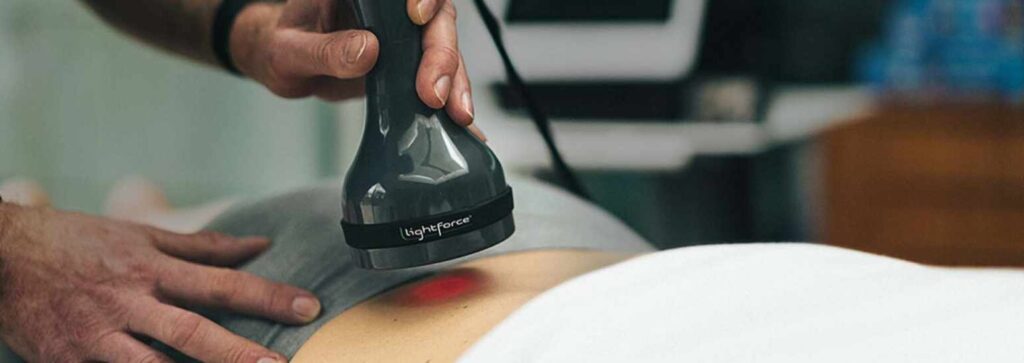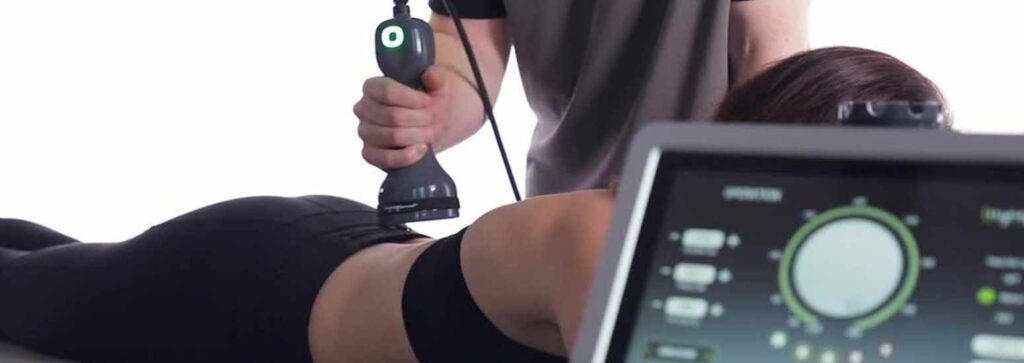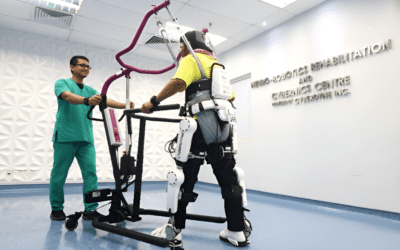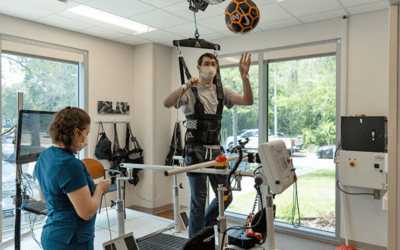The brachial plexus is a network of nerves that extends from the spinal cord in the neck down to the armpit region and innervates the muscles and skin of the upper limb. An injury to this network of nerves is known as a Brachial Plexus Injury (BPI). BPIs can occur due to various reasons such as trauma, accidents, or medical conditions. In this blog, we will focus on the diagnosis, treatment, and the recovery process after treatment.
Brachial Plexus Nerves Diagnosis
Diagnosing a brachial plexus injury starts with a thorough physical examination by a healthcare professional. They will evaluate the range of motion, strength, and sensation in the affected arm. Further diagnostic tests may include:
- Electromyography (EMG): This test measures the electrical activity of muscles and can help determine the location and severity of the injury.
- Nerve Conduction Study (NCS): NCS measures the speed and strength of nerve signals, helping to identify damaged nerves.
- Magnetic Resonance Imaging (MRI): An MRI scan may be ordered to assess the extent and location of the injury, especially in more severe cases.
Brachial Plexus Treatment

Treatment for brachial plexus injuries depends on the severity of the injury and the specific nerves involved. Options include both non-surgical and surgical interventions.
Non-Surgical Brachial Treatment
In less severe cases, non-surgical approaches may be attempted first. These can include:
- Physical Therapy: Physical therapy is commonly prescribed to improve range of motion, build strength, and prevent muscle atrophy. Exercises and stretches are designed to target specific muscles affected by the injury.
- Occupational Therapy: Occupational therapy assists patients in learning adaptive strategies to perform daily activities and regain independence.
Surgical Treatment
Surgical intervention may be necessary for more severe cases where nerve repair or reconstruction is required. Surgical options may include:
- Nerve Grafts: Nerve grafting involves replacing damaged nerve segments with healthy nerve tissue from another part of the body, such as the leg.
- Nerve Transfer: Nerve transfer involves taking a healthy nerve from one area of the body and rerouting it to restore function in the affected area.
- Nerve Decompression: In some cases, nerve compression due to scar tissue or other factors may be alleviated through surgical decompression.
After Treatment

Recovery from a brachial plexus injury can be a lengthy process that requires patience and consistent effort. After treatment, rehabilitation and ongoing therapy are crucial for maximising functional recovery. The goals of post-treatment rehabilitation include:
- Restoring Functionality: Physical and occupational therapy help regain mobility, strength, and coordination in the affected limb.
- Pain Management: Techniques such as medications, nerve blocks, or alternative therapies like acupuncture may be utilised to manage pain associated with the injury.
- Psychological Support: Coping with the physical and emotional challenges of recovery is important, and psychological support can play a significant role in the overall healing process.
It is important to keep in mind that the recovery timeline and outcomes can vary depending on the severity of the injury and individual factors. Regular follow-up appointments with healthcare professionals are necessary to monitor progress and make any necessary adjustments to the treatment plan.
In conclusion, a brachial plexus injury can significantly impact the function and quality of life of an individual. Timely diagnosis, appropriate treatment, and dedicated rehabilitation efforts, along with patience and perseverance, can greatly improve the chances of a successful recovery. With proper medical guidance and support, individuals can regain function and resume their normal activities.



